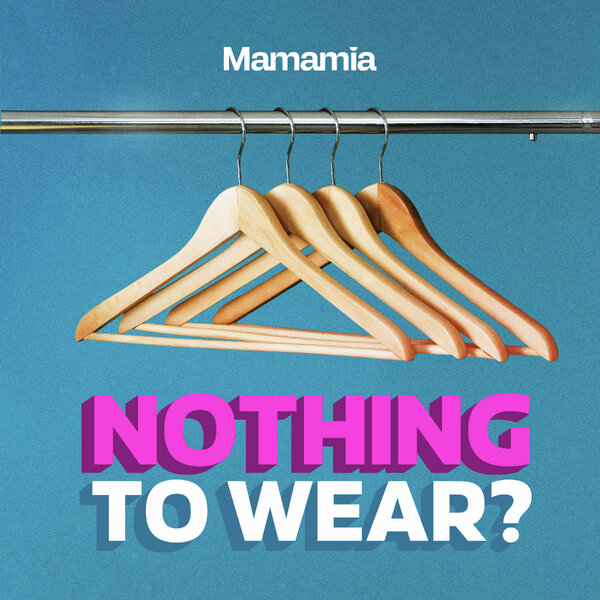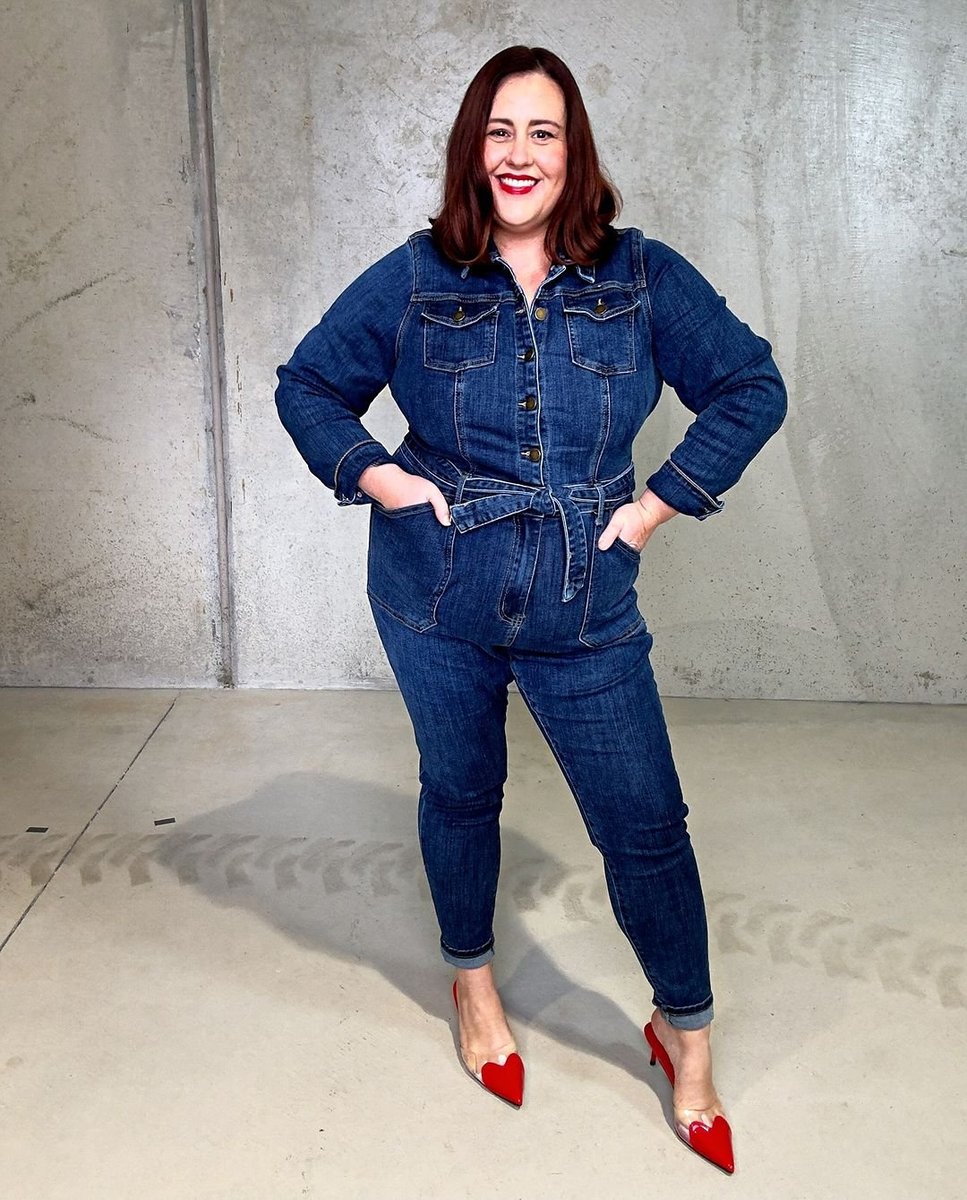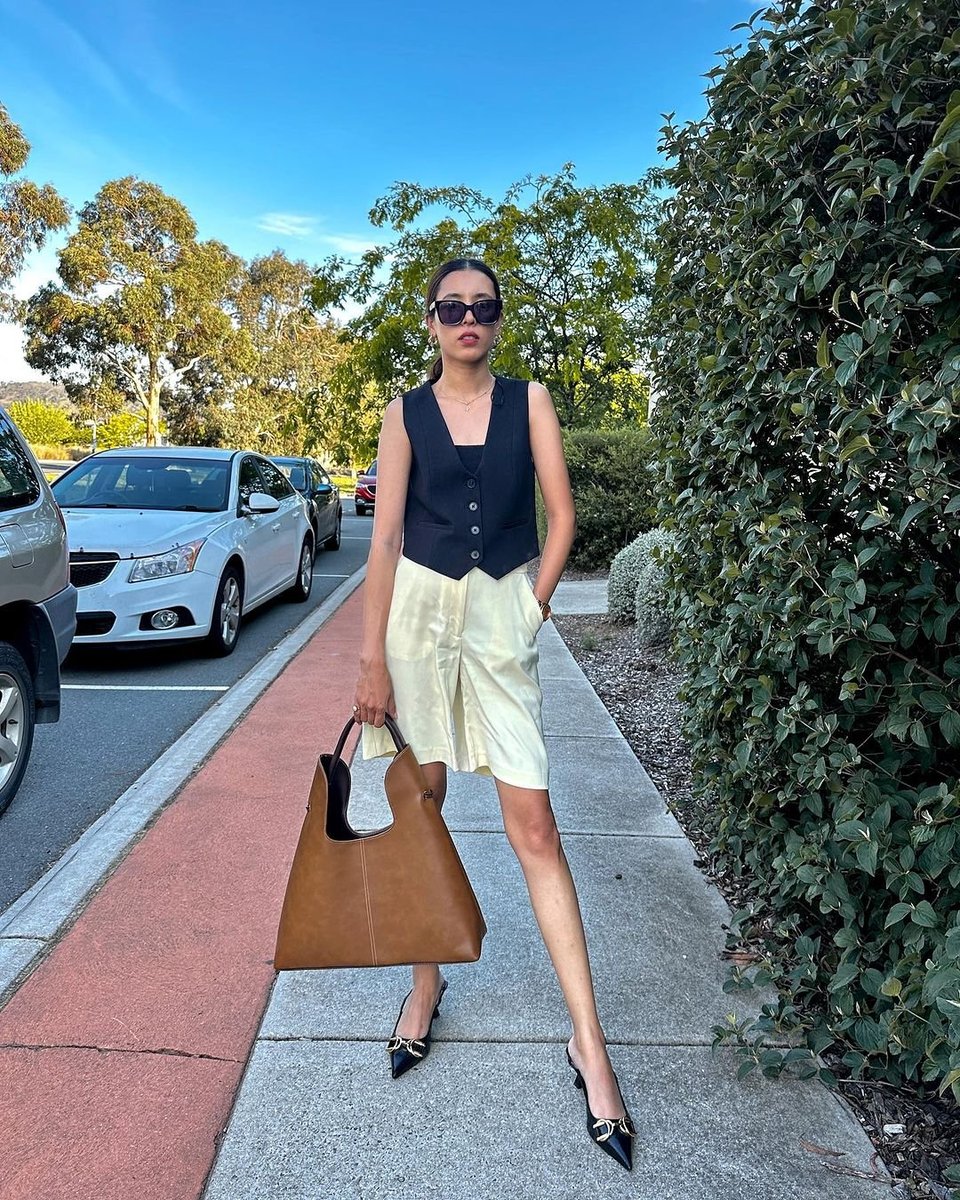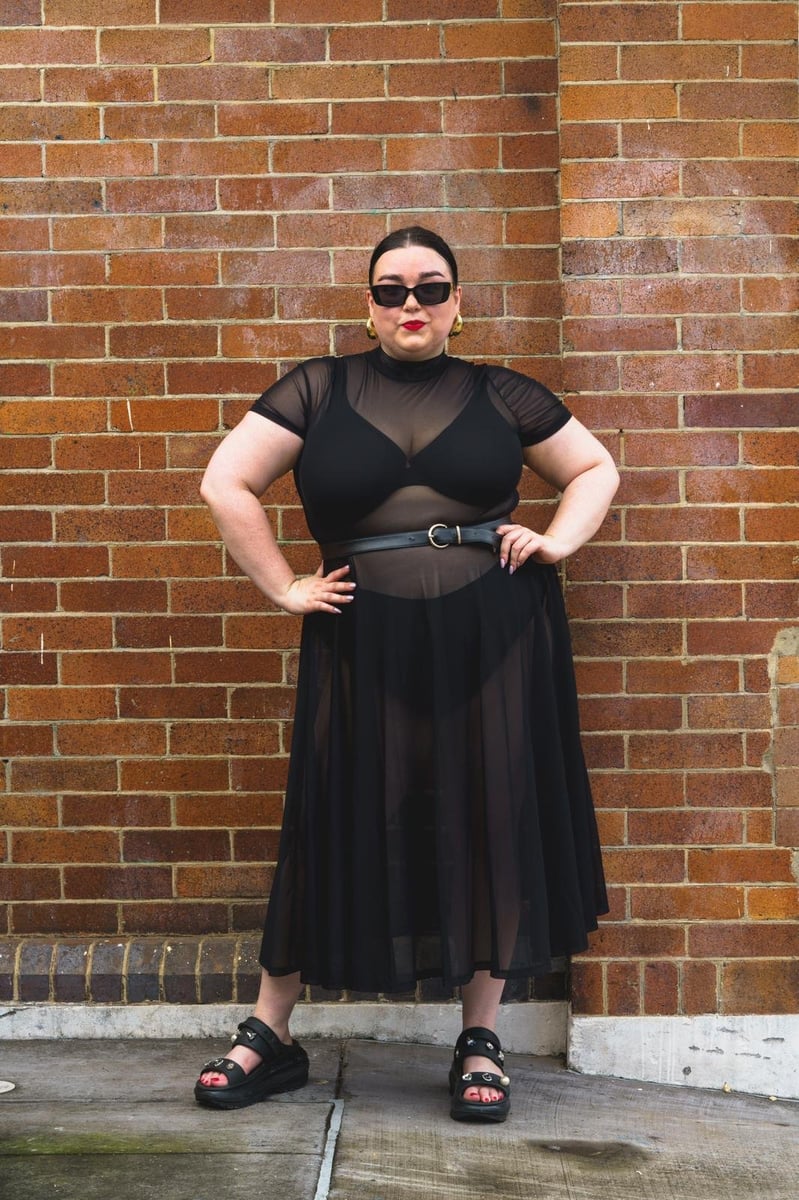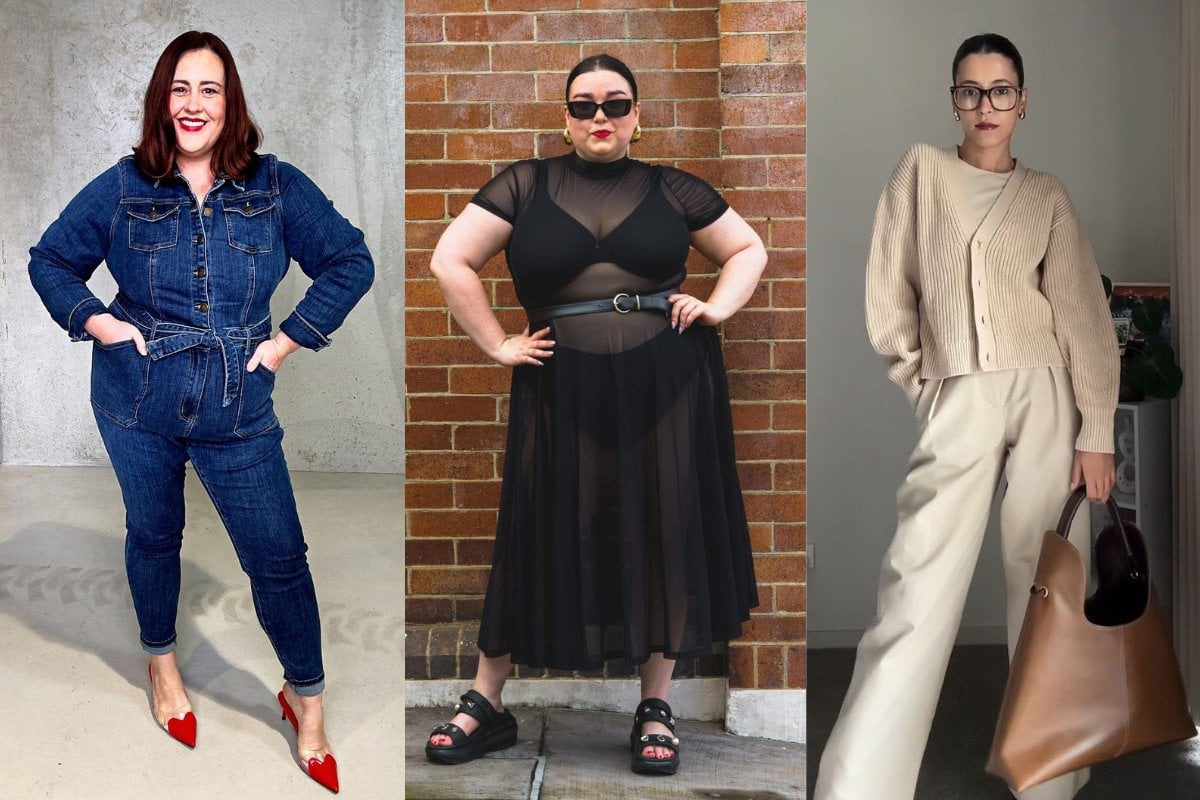
For years, women have been made to feel like they need to change their bodies to fit clothing. The shopping process is fraught with trial and (often demoralising) error. If you pull five items off the rack, chances are maybe one will fit you perfectly.
So, why is it so hard finding clothes that fit?
Watch: Leigh Campbell styles Helena using the "Style Maths" method. Post continues below.
Fit is tricky for a range of reasons. For one, there is a huge variance between brands’ sizing. But we know fit is more than just a number on a label. If you’ve managed to track down a brand that caters to your size — which can be a feat in itself — then you’ve got to think about how the clothing works with your shape and your style.
New Australian body data shows the average Australian woman wears a size 16, and more than one in three women wear a size 18 or above — considered "plus-size" by the industry. With many Australian brands only producing up to size 16, it means that 37 per cent of women can rarely shop in stores, and another 15 per cent are on the cusp and may struggle.
Here, three women of different sizes share their unique challenges in the change room and beyond.
